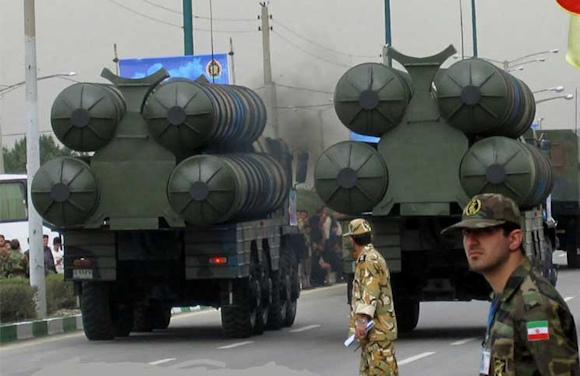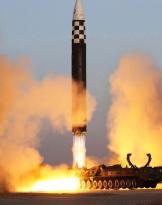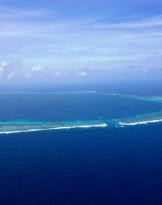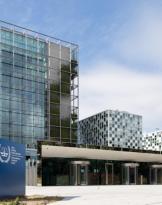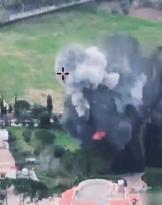According to the Kuwaiti daily Al-Qabas, citing Iranian sources, Tehran is currently strengthening its air defenses, also moving Russian surface-to-air missile systems, to protect nuclear plants, in view of a possible attack.
According to national media reports, the Islamic Revolutionary Guard has moved batteries of BAVAR 373 missiles (photo), a native mobile surface-to-air system, which entered service in 2019, along with long-range Russian-origin S-300 PMU2 missile systems , delivered in 2016. The batteries were deployed near the Fordo and Natanz plants, sites used for uranium enrichment.
The Iranian regime fears that, on the eve of the change of power in Washington, an American attack could occur. In fact, according to the American press, outgoing President Trump would be willing to go to war with Iran before leaving the White House. Not surprisingly, in the past, Trump has repeatedly expressed his desire to neutralize the Natanz plant, following the failure of the nuclear agreement with Tehran.
 Obviously, there is no official information on American attack plans, however Israel has admitted that it has received instructions to prepare for a war with the Islamic State. In this regard, the news that Washington has deployed strategic B-52H bombers in the Middle East, in order to contain the Iranian aggression and support the allies in the region, is not of secondary importance.
Obviously, there is no official information on American attack plans, however Israel has admitted that it has received instructions to prepare for a war with the Islamic State. In this regard, the news that Washington has deployed strategic B-52H bombers in the Middle East, in order to contain the Iranian aggression and support the allies in the region, is not of secondary importance.
Hence the need for Tehran to strengthen its defenses, already raised after the missile attack on the US embassy in Baghdad and subsequent threats from Trump and the State Department.
Furthermore, the arrival of the nuclear submarine last Monday added to the tension in the area Georgia, of the class Ohio, equipped with cruise missiles Tomahawk. At the same time, according to Arab sources, an Israeli Dolphin-class submarine, armed with cruise missiles Popeye, with a range of 1.500 km.
Iran currently, according to the International Atomic Energy Agency (IAEA), owns 17 nuclear plants. After the reintroduction of sanctions, Tehran ceased to comply with the terms of the Joint Global Action Plan (SPAP), increasing the reserves of enriched uranium. At the Natanz site, according to IAEA experts, at least 4.000 centrifuges for uranium enrichment are installed.
Photo: IRNA / US Air Force

